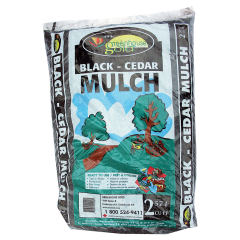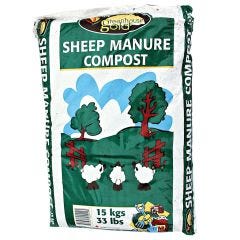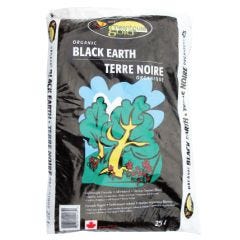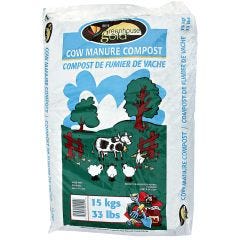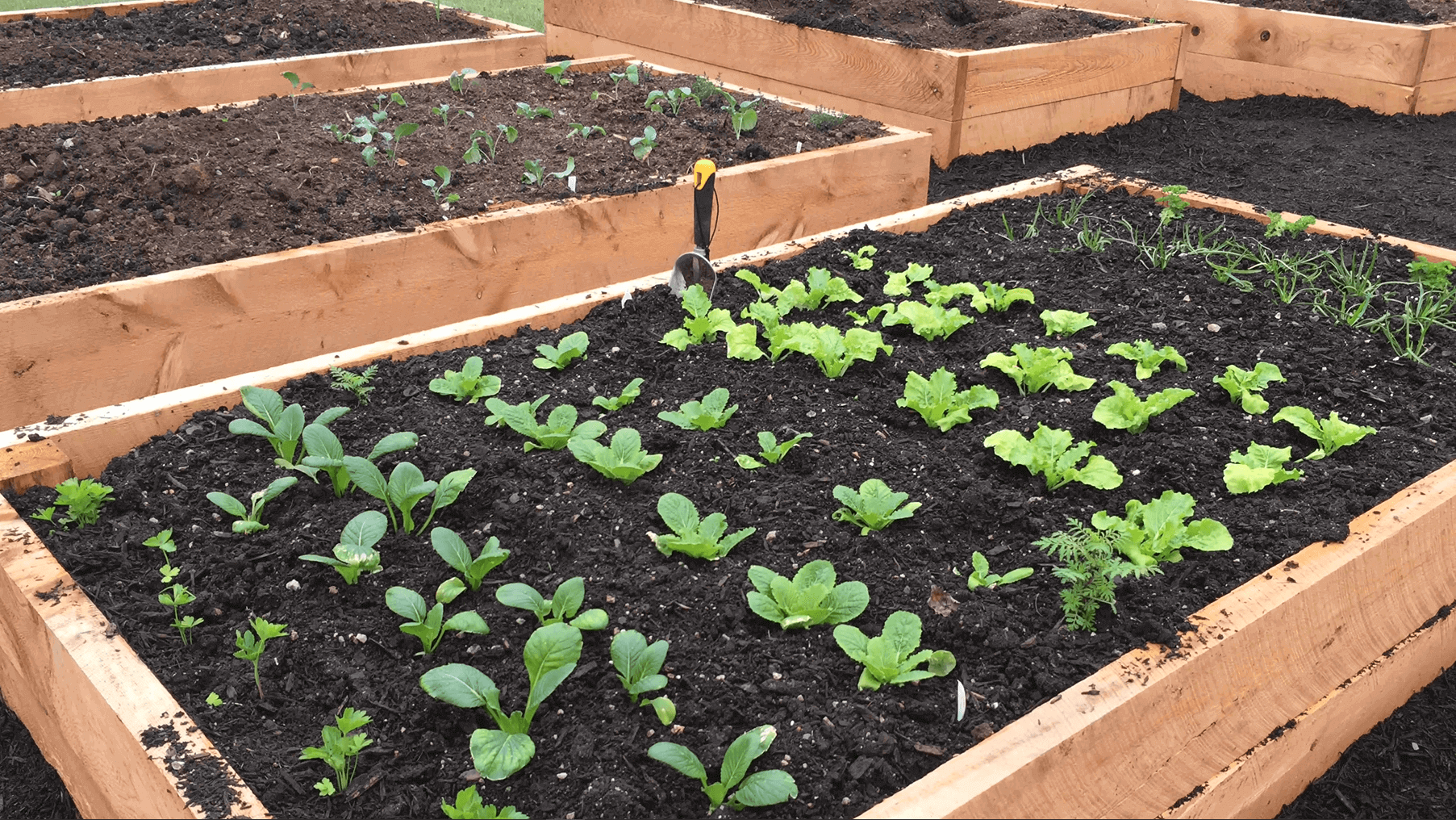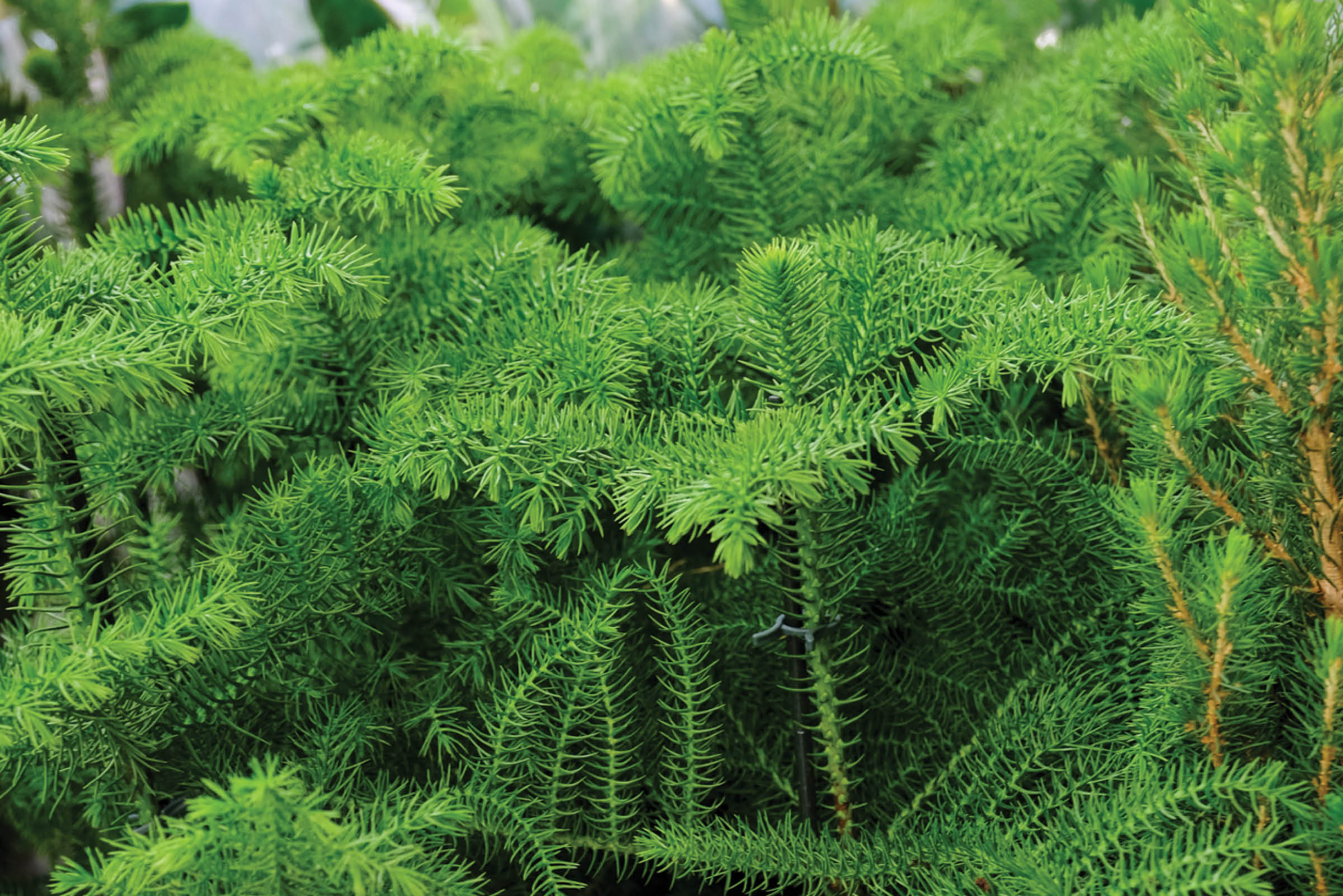Atlantic Canada Planting Timelines
Although KENT Garden Centres operate throughout the spring and summer, our experts can provide gardening advice year round. Learn more about planting timelines for a lush garden that will get two green thumbs up!
Climate & Hardiness Zones
Great gardens begin with your climate. By consulting National Resources of Canada’s Plant Hardiness Zones map, you can increase your odds of gardening success by planting species that thrive in your zone. Each zone is ranked based on mean minimum and maximum temperatures, mean frost-free days, rainfall, winter harshness, maximum snow depths, and wind gusts. Atlantic Canada spans the middle ranges 3A-6B. Most bulbs and hardy shrubs are well suited to these zones (verify specific species for your zone), but your annuals and perennials will need to be able to withstand harsh freezes.
Springtime
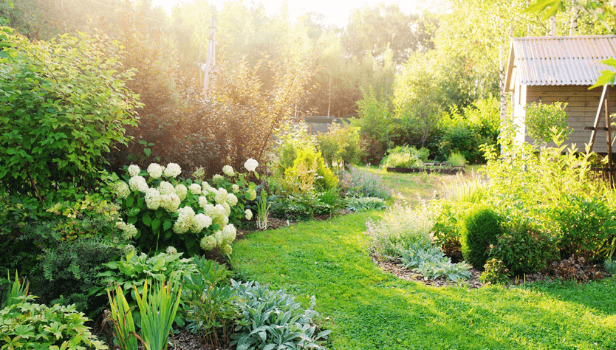
Fruit & Vegetables
Springtime sowing is best for a decent fruit/vegetable yield. Our narrow window of frostless weather is often not long enough for these plants to mature, so starting your seedlings indoors will maximize your garden’s yield. You may start your seedlings as early as March in order to transplant them after the last frost date around May. Some veggies like beans or potatoes may be sown directly in the ground in April. Other yummy plants you might find in Atlantic Canada are tomatoes, cucumber, cabbage, apple, plum, or pear.

Wildflowers
Spread a little extra colour this season. Carefully check species needs and planting instructions for sowing annual or perennial wildflowers: some species native to certain regions may be invasive in others. This information should be clearly displayed on any seed packs. Many organizations will even give out seeds for free to help increase pollinators’ success. Varying species may be planted after the last frost, or before the first frost around October.

Annuals
To take full advantage of our short growing season, many annuals benefit from an indoor start. Otherwise, annuals can begin to go in the ground mid-May. “Days to maturity” notes on your seeds must be closely followed to allow enough time to enjoy your plants throughout the summer or harvest in the fall. Planters or pots are great for herbs that can be moved indoors in the fall. Annuals will need lots of TLC to thrive during our short summers.

Trees
To set your trees up for success, plant early to allow them to acclimate before any exposure to extreme temperatures. Zone 4’s colder climate may mean planting as soon as the ground has thawed to take advantage of summer months without frost. Most trees should be planted in the spring to avoid winter damage, whereas some benefit from winter dormancy. Tree species have a wide range of planting schedules, check with your local KENT garden centre to ensure your variety’s needs are met.
Fall
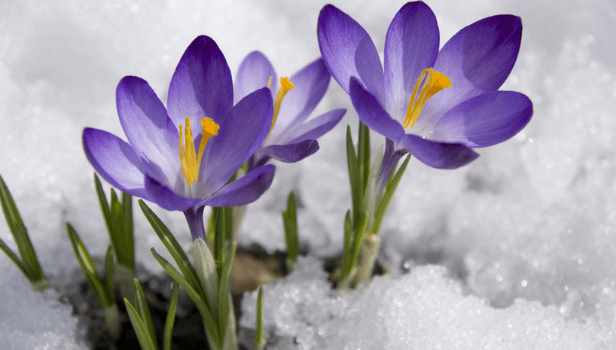
Bulbs
Fall gardening is typically focused on pruning and preparing plants for a long winter’s sleep, and the perfect time to sow your spring bulbs. Extreme freezes may affect your spring blooms, but bulbs like tulips, crocuses, and daffodils actually need a winter freeze to break the plant’s dormancy cycle. Bulbs that will bloom throughout the summer, like dahlias or hyacinths, may be started indoors and transplanted. These bulbs also do best being kept in a cool dry spot indoors over the winter.
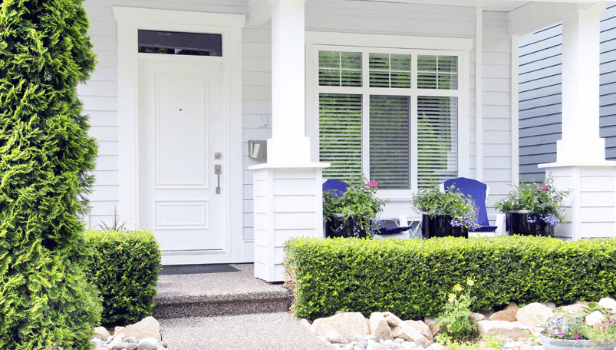
Shrubs
Most shrubs tend to be low maintenance and don’t require indoor transfers through the changing seasons. Planting in the fall takes advantage of the plant’s dormant period and helps it establish new roots in the spring. A light prune and some mulch for extra warmth should be part of fall maintenance for shrubs that bloom at all times of the year: spring, summer, fall, or evergreen blooms add colour to your landscape year round. Choose shrubs that don’t mind the winter cold like juniper, spruce, or holly. Give careful consideration to which critters frequent your yard: shrubs like cedar are the perfect salad bar for deer.
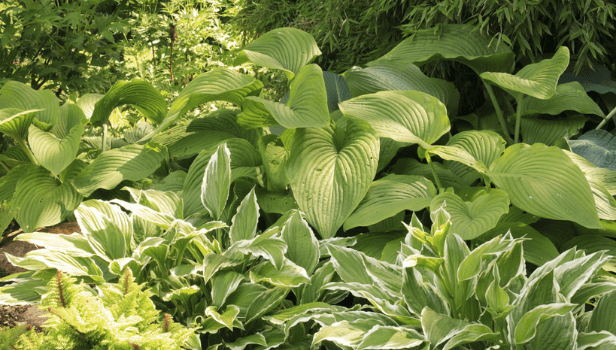
Perennials
Your perennial plants that bloom year after year may take time to establish healthy root & bloom patterns. Your fall perennial planting will include various species of shrubs, trees, and flowers. Planting instructions will vary, always verify individual species’ environment and planting schedule. Plant pansies, goldenrod, or mums in late September with a warm layer of mulch to beat early October frosts. Protect trees and shrubs against snow and ice with burlap wrap, and transplant any sensitive species indoors.
-
$3.99
- Ready to Ship
- 6245 Available for pick up at
-
Regular Price$1.98Special Price$1.48
- Ready to Ship
- 10529 Available for pick up at
-
Regular Price$3.49Special Price$2.49
- Ready to Ship
- 1715 Available for pick up at
-
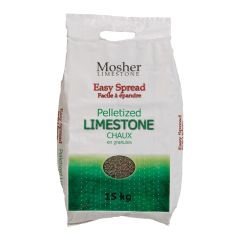 Mosher Limestone CompanyPelletized Lime 15 kgRegular Price$7.99Special Price$6.99
Mosher Limestone CompanyPelletized Lime 15 kgRegular Price$7.99Special Price$6.99- Ready to Ship
- 2065 Available for pick up at
-
$3.99
- Ready to Ship
- 767 Available for pick up at
-
$3.78
- Ready to Ship
- 1889 Available for pick up at
-
Regular Price$3.49Special Price$2.49
- Ready to Ship
- 1119 Available for pick up at
-
Regular Price$3.49Special Price$2.49
- Ready to Ship
- 887 Available for pick up at
-
$3.99
- Ready to Ship
- 472 Available for pick up at
-
 The Shaw Group18" x 18" Wavy Patio Slab$8.39
The Shaw Group18" x 18" Wavy Patio Slab$8.39- Ready to Ship
- 1321 Available for pick up at
-
$3.99
- Ready to Ship
- 603 Available for pick up at
-
 The Quikrete CompaniesQuikrete 30 kg Concrete Mix$9.61
The Quikrete CompaniesQuikrete 30 kg Concrete Mix$9.61- Ready to Ship
- 322 Available for pick up at
-
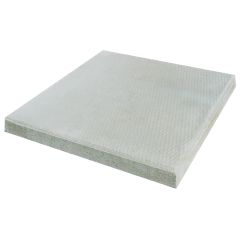 The Shaw Group24" x 24" x 1.8" Diamond Pattern Utility Patio Slab$14.90
The Shaw Group24" x 24" x 1.8" Diamond Pattern Utility Patio Slab$14.90- Ready to Ship
- 866 Available for pick up at
-
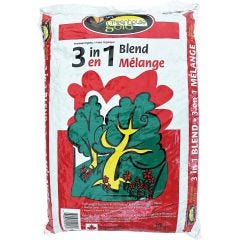 Envirem30 L Triple Mix$4.48
Envirem30 L Triple Mix$4.48- Ready to Ship
- 355 Available for pick up at
Recommended Articles
-
A decorative rope railing is a beautiful addition to any outdoor space. It can be an excellent option to mark out areas like decks, docks and gardening while adding a cozy, rustic, and nautical look to the landscape. Best of all, this is an easy DIY project that you can tackle using only a few tools.
-
Raised beds are a popular way to grow vegetables, herbs, and flowers - and for good reason!
-
Cultivating a garden can be a fun hobby and is a great way to have fresh vegetables, herbs or even flowers within reach during the harvest season.
-
While twinkling lights and glittery tinsel add sparkle to holiday decor, you can also brighten up the festive season with plants like poinsettias, Norfolk Island pine, amaryllis, and Christmas cacti. Placing these plants on mantelpieces, stairs, tabletops, indoor entrances, kitchen counters, and any unadorned space is an easy way to add natural beauty to the holidays.

